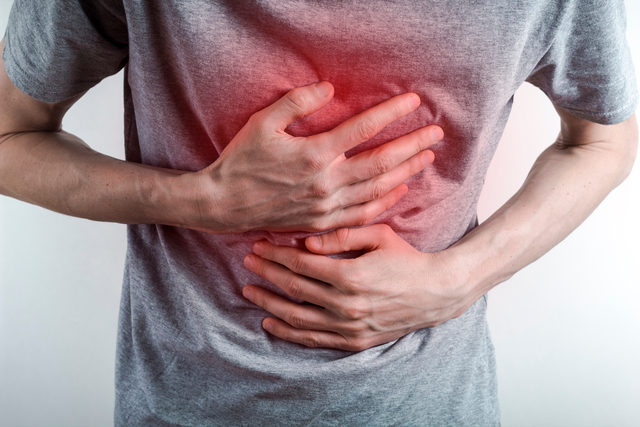PATIENT EDUCATION
Understanding Gastroesophageal Reflux Disease
What is GERD? What are the symptoms of GERD?
GERD, or gastroesophageal reflux disease, occurs when the contents of the stomach flow into the esophagus. This occurs when the esophageal sphincter does not function or close properly. If a patient is experiencing acid reflux more than twice a week, they may want to talk to their doctor about GERD. Symptoms of gastroesophageal reflux disease can include acid regurgitation or heartburn. Heartburn causes a burning sensation in the chest and occurs when stomach contents enter the esophagus and irritate the esophageal lining. Acid regurgitation may cause the stomach contents to reach the mouth. Other symptoms can include chest pain, cough, sore throat, and wheezing. GERD can be caused by the weakening of the lower esophageal sphincter, the presence of a hiatal hernia, or increased pressure in the abdomen. Increased pressure can be caused by obesity, pregnancy, smoking, or excessive alcohol use. It can also be caused by diet and items such as coffee, tomato-based products, peppermint, fatty foods, spicy foods, chocolate, and citrus drinks. Eating large meals and lying down shortly after eating can also contribute to the symptoms of GERD.
What is the diagnosis and treatment like for GERD?
Gastroesophageal reflux disease does not typically require any testing prior to starting treatment. However, if symptoms do not respond to treatment, additional testing may be required if the patient experiences weight loss, internal bleeding, or trouble swallowing. In order to diagnose GERD, a doctor will perform a physical exam and ask the patient about their symptoms. Several different procedures can be used to confirm a gastroesophageal reflux disease diagnosis. This can include a barium swallow, an esophageal manometry, or an upper endoscopy. A barium swallow is a procedure that can be used to examine the upper digestive tract via x-ray after ingesting a barium solution. An upper endoscopy, which uses a tiny camera to examine the esophagus and take biopsies, may also be performed. Patients can also undergo an esophageal manometry, which involves the use of a flexible tube and determines the strength of the esophageal muscles. Esophageal pH monitoring can also be used to determine whether stomach contents have entered the esophagus.
Treatment for gastroesophageal reflux disease can be surgical or nonsurgical. Nonsurgical treatment options include antacids, proton pump inhibitors, and H2 receptor blockers. If GERD does not respond to these treatments and other lifestyle modifications, patients may require surgery. Surgery is often considered in cases when medications are not effective and the stomach acid is causing inflammation, bleeding, and ulcers in the esophagus. Surgical options can include a Fundoplication, a Transoral Incisionless Fundoplication, a Stretta Procedure, a Bard EndoCinch System, or Linx Surgery. Recovery times will vary based on the surgical procedure performed.
Contact the specialists at Granite State Gastroenterology if you are experiencing symptoms of GERD.

Patient Education
Understanding ERCP
Understanding
Diverticulosis
Understanding Colon
Cancer Screenings
Understanding Capsule
Endoscopy
